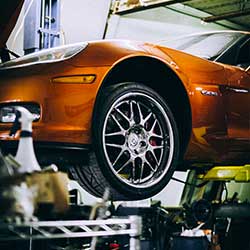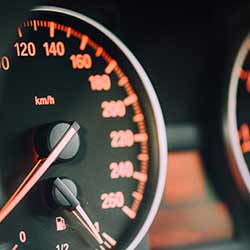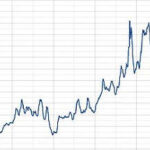The pandemic appears to have had a mixed impact on motoring costs: Supply issues are pushing up new and used vehicle prices, while large-scale home working has reduced vehicle use and cut motor claims, thus lowering the cost of an insurance policy. Though this is welcome news for private motorists and perhaps those currently looking at their motor trade insurance cover, trying to predict how all this might affect fuel prices remains far from clear.

Once upon a time, industry experts were keen to relate pump prices directly to fuel supply and demand – an argument which has become far harder to justify in recent times. For example, cynical residents of many UK seaside towns note how the rise and fall of local fuel prices seems more closely tied to the dynamics of the arrival and departure of each new wave of tourist visitors than to any other single factor!
Whatever the precise reason for local/regional fuel-price discrepancies, the latest figures available from the AA and RAC show further solid evidence of rising prices. As of May 2021, RAC Fuel Watch data confirms seven consecutive months of rising petrol prices.
So, from November 2020 – the last time the average price of petrol actually fell – drivers have seen pump prices jump by 15.5p. That makes a litre of petrol 22p dearer than in May 2020, also the largest year-on-year increase recorded for 11 years. Just in May 2021 alone, unleaded fuel rose another 2.24p to 129.27p, with diesel prices too heading in the same direction (up 1.95p to 131.59).
In fact, diesel fuel has shot up 14.4p in just six months, with the price per litre nearly 20p more than a year ago. In addition, as the AA Fuel Price Report notes, this has trimmed the price differential between diesel and unleaded to just 2.4 pence per litre. All of which is not going to make it any easier for the motor trade to sell their current stock of diesel vehicles.
Of course, motorway refuelling still remains the most expensive option: In May, drivers were asked to pay 146.78p for petrol, with the asking price of diesel set at a whopping 149.59p – representing monthly rises of 2p and 1.6p respectively.
Motor Trade Insurance Quote?
Looking for motor trade insurance? you could save up to 67.5% with Unicom. Click here to get a quote that could save you £££’s
And as would be expected, those able to purchase their fuel on the forecourt of a major supermarket during their regular shopping trips still make the greatest fuel savings. According to RAC statistics, with the average price of petrol now reaching 124.83p and diesel standing at 127.36p, savvy supermarket customers can save themselves about 4p on the average price per litre.
Nevertheless, supermarket fuel has not escaped price rises. Even though this sector has accounted for 60% of all UK fuel sales throughout the pandemic, the increases at supermarket forecourts largely reflect the general UK picture the RAC describe.
Offering some forthright comment, RAC fuel spokesman Simon Williams said: “We urge retailers not to take advantage of drivers … We’ve now witnessed the biggest petrol price rise in any 12-month period since May 2010 when unleaded rocketed from 99p a year earlier to 121p.”
And pointing to wholesale fuel prices, he added: “… in normal circumstances unleaded definitely shouldn’t be continuing to rise with the numbers actually pointing to the potential for a 2p reduction. And diesel is currently 4p too expensive which suggests retailers are using the saving in the wholesale price to help make up for lower fuel sales over the last year.”











